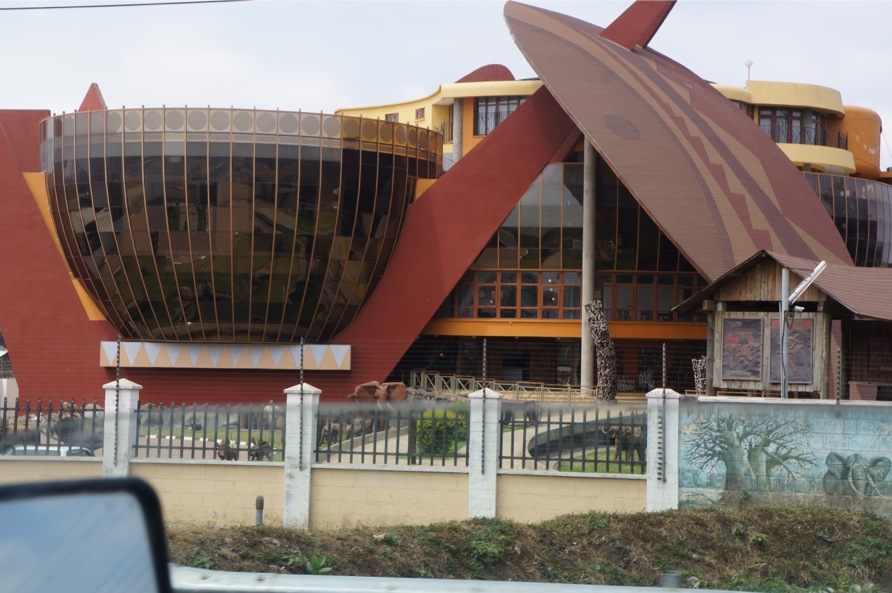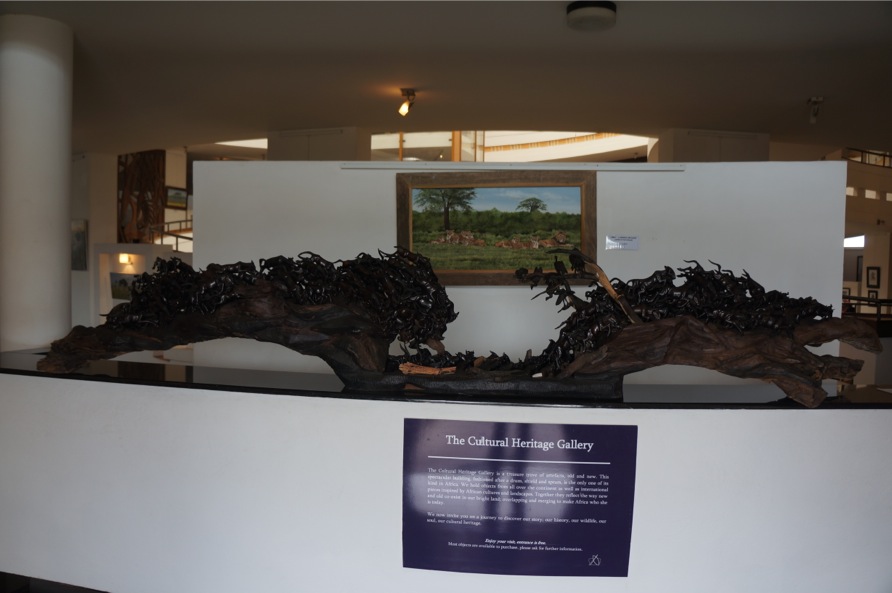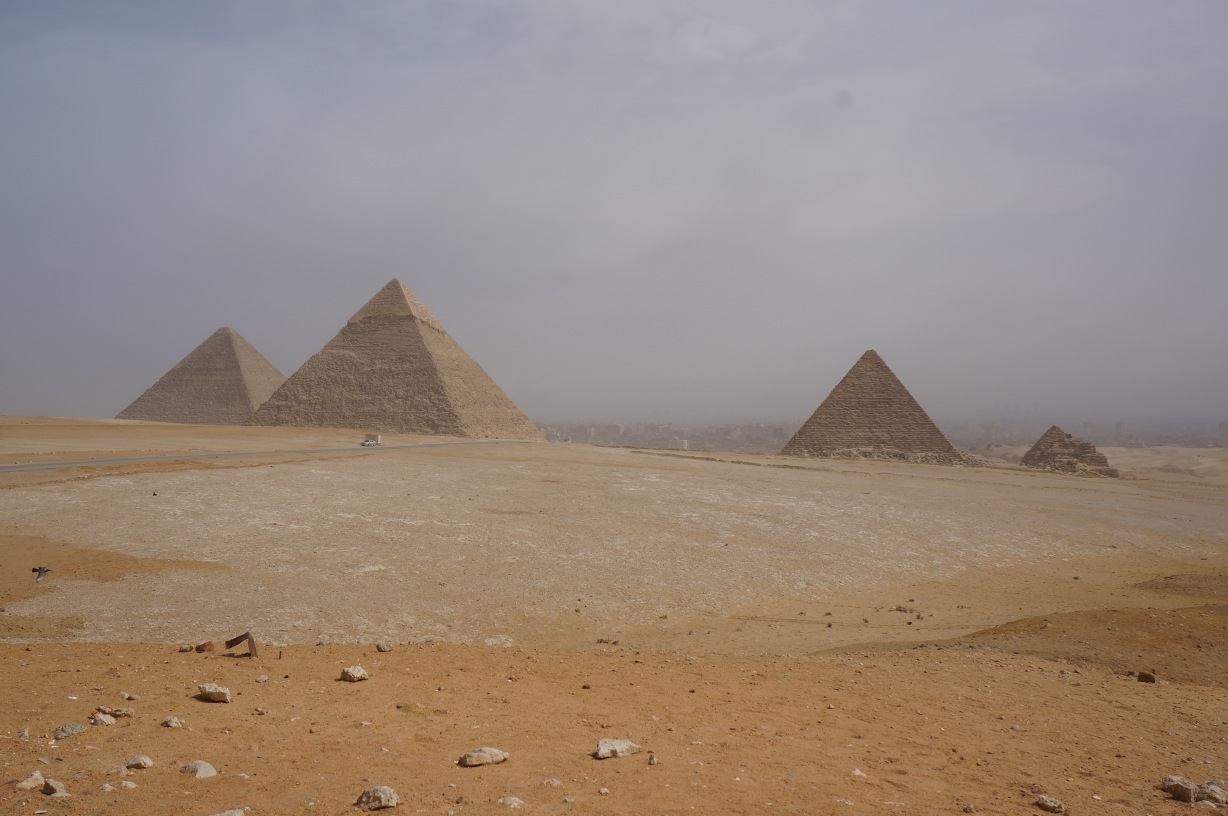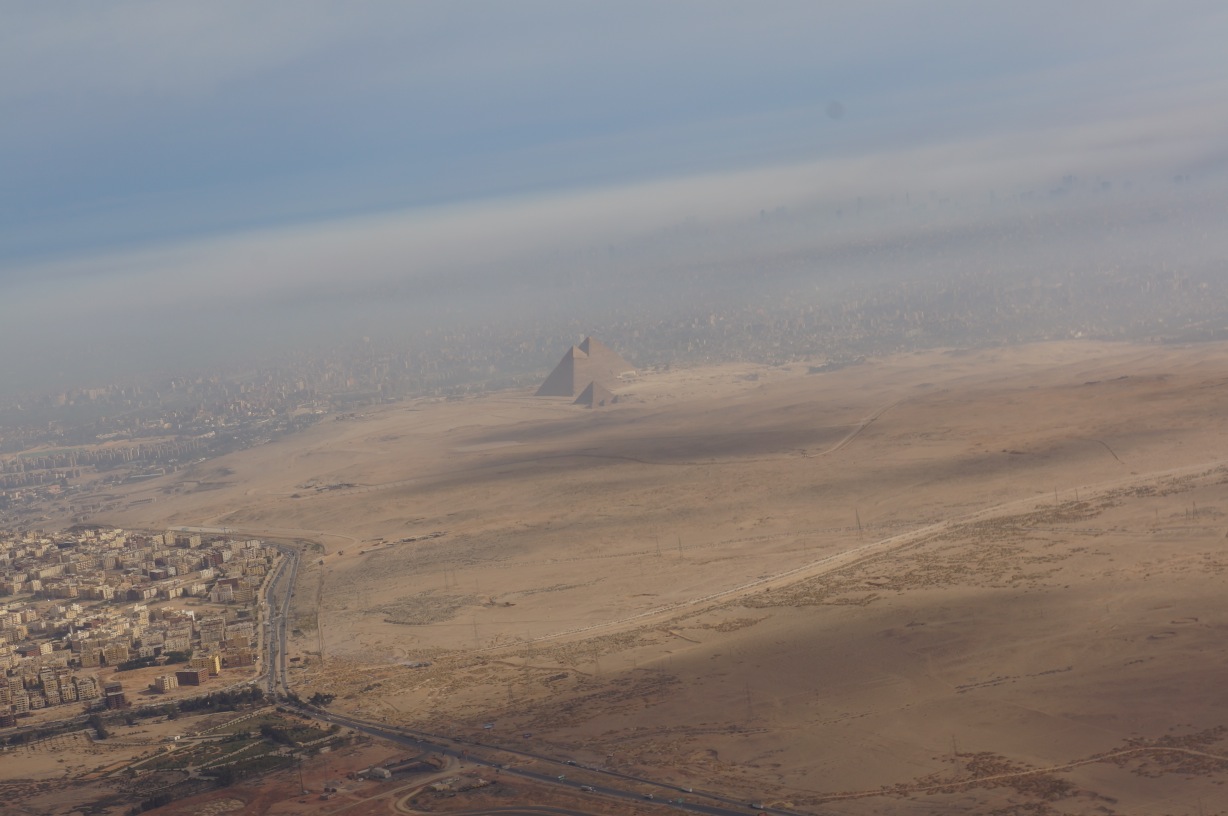For today’s entry I will keep the narrative limited so that I can show the events of the day more with pictures. For the most part I will let the pictures tell the story.
Today was a very interesting working day of visiting the projects that the University has been involved with in Northern Tanzania. We drove out to the Naitolia Village which is inhabited by Masai people. The Masai are traditionally herders. These rural villages are unlike what most think of as a village. They are very decentralized and cover a wide area. There are a number of Boma which are small areas where a man will have his household which will consist of several wives and his livestock. Each wife has her own house (or hut) for herself and her children. We visited one such Boma which gave a good sense of how the culture functions.

Of course, the big guy in blue is the head of the Boma. Behind him in the blue coveralls are 4 villagers that are being taught to help manage the livestock of the village. They were there for a demonstration.

This little goat won’t have to worry about sending anymore kids to college. Fortunately, current techniques don’t require any incision.

This is the little guy undergoing the procedure. The head of the Boma was very amused that I was taking the picture and he laughed and came up and shook my hand.

A wife and her children in front of their hut in the Boma.

Although it was about 10:00 am, this man wandered into the Boma seriously inebriated. After a brief scuffle he passed out in the dirt.
Next we visited the water project. An old bore hole had failed and after some failed tries to drill a new hole the old hole was revived. A reservoir tank and tap was constructed. To the villagers, this is the most important improvement to life in the village. It allows girls to go to school instead of having to spend the day fetching water. Women can also work at more productive projects. Because the village is so spread out the villagers now would like pipes extended further out to the school and other more convenient points.

The tap where the villagers get their water. They do have to pay for it and that money is used to maintain the system.

This elderly woman spoke to us to thank us for bringing clean water to the village. Notice that she is holding a cell phone. Cell phones are ubiquitous in Tanzania. It seems as though everyone has one. In a meeting with rural locals you will hear cell phones going off.
We then proceeded to the new cattle dip. A group of singing and dancing women were there when we arrived and we witnessed an extended show of their chanting and dancing.

The singing and dancing women in their ceremonial clothes.
The cattle dip is a major component of the development project. Livestock is subject for tick borne diseases. By eliminating them the livestock will have a better chance to thrive, mortality will be reduced and the animals will bring more money at the market. The herders will pay to thane their livestock dipped. The revenue will be used to maintain the dip and purchase the needed chemicals. Dipping is the only way the the entire animal can be rid of the parasites. Just spraying is ineffective.
The cattle that we watched were the first ones to be sent through the dip. It was an exciting inauguration for the villagers.

The first cow ever to go through the dip. The woman to the left is the Acting Provost of Michigan State University.
The next visit was to the school. Of course, education is the hope of these villagers. It is the only way they can become self sustaining for the long run.

The primary school. The children are getting an education and a hot meal each day.
Finally, we were treated to a “thank you celebration by the villagers. There was singing, dancing, food and gifts. The sincerity of the gratitude was evident.

This is Karen and Jerry. They donated a lot in terms of money and guidance facilitate the advancement of the project. The villagers gave them gift and made Jerry ah honorary elder of the village.

On the road back to Arusha we were treated to a beautiful sight of the setting sun illuminating the peak of Mt. Kilimanjaro.





 The Cultural Center.
The Cultural Center.

















